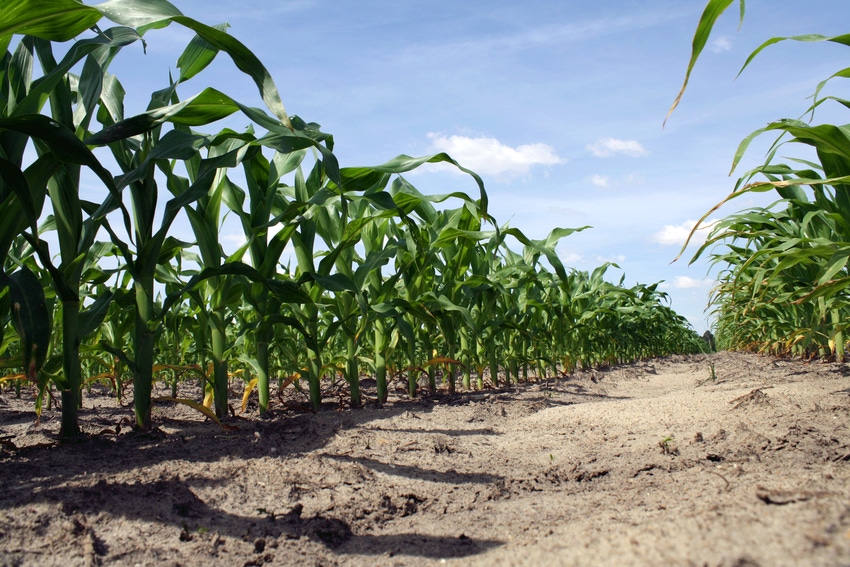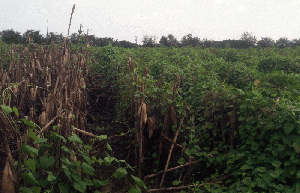May 2, 2016

When I arrived in Tifton, Ga., 17 years ago, it was very common for corn growers to layby with Evik herbicide. Although this was usually for Texas panicum management, Evik provided some level of control of annual morningglory and other weed species.
Although Palmer amaranth is definitely Public Enemy No.1 for most row crops, I argue that in field corn annual morningglory is the real “Al Capone.” There are several reasons why annual morningglory can be problematic in field corn in the Southeast:
Southern corn farmers grow this crop in an environment that favors late-season emergence of annual morningglory plants.
There is no herbicide that can be applied in late February or March or April that will last until July or August. It just doesn’t exist.
The herbicide with the most potential residual activity, atrazine, can no longer be applied at long-term effective residual rates (remember the old 2 + 2 program?) and enhanced microbial degradation issues further reduce its residual potency.
Traditional over-the-top weed control programs could possibly be tweaked to get better control of annual morningglory. However, I think a better short–term solution would be to reconsider the use of directed or layby applications. I realize this is not what most growers want to hear since many are reluctant to make additional trips over a field, and time is everyone’s most precious commodity.
Atrazine's younger brother or sister
Since some of you out there grew up in the age of Roundup Ready crops, you might not be familiar with this older active ingredient. Evik (ametryn) is another member of the triazine herbicide family. In fact, one could say that Evik is atrazine’s younger brother or sister.

Southern corn farmers grow their crop in an environment that favors late-season emergence of annual morningglory plants.
Southern corn farmers grow their crop in an environment that favors late-season emergence of annual morningglory plants.Atrazine was first commercialized in 1958 (corn), while Evik was commercialized in 1964 (sugarcane and pineapple). One of the biggest differences between Evik and atrazine is related to field corn tolerance to these herbicides. Field corn is extremely tolerant of atrazine applied preemergence and/or postemergence.
Conversely, Evik is only labeled for post-directed or lay-by applications after the field corn reach 12 inches tall. Evik can cause significant leaf burn, thus it must be directed to come in contact with only the lower 1/3 of the plant to avoid potential yield losses. For more specific information about the use of Evik in field corn, check out the 2016 commercial edition of the UGA Pest Control Handbook, page 71.
In 2015, I revisited the issue of post-directed/laybys in field corn. I am happy to report that the use of Evik at layby, after a traditional PRE/POST herbicide program was applied, resulted in much cleaner plots at harvest. In this case, final yield was not increased but mechanical harvesting was greatly improved by this layby treatment.
Morningglory-challenged growers would be very naive to think that a single layby application of Evik will solve all of their problems. It is definitely not a Silver Bullet! However, the use of Evik at layby will likely result in better performance than some current strategies.
As always, good weed hunting!
You May Also Like




